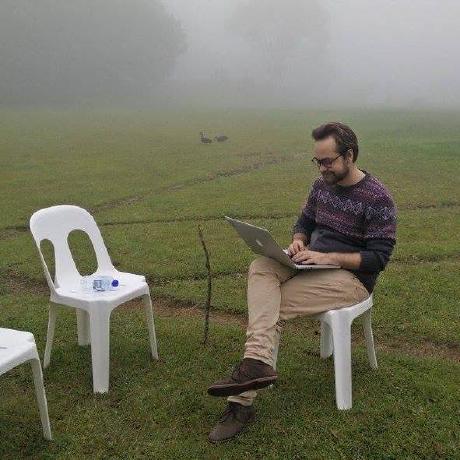
Install
uglifyify
A Browserify v2 transform which minifies your code
using terser (a maintained fork of uglify-es).
Installation
npm install uglifyify
Motivation/Usage
Ordinarily you'd be fine doing this:
browserify index.js | uglifyjs -c > bundle.js
But uglifyify is able to yield smaller output by processing files individually
instead of just the entire bundle. When using uglifyify you should generally
also use Uglify, to achieve the smallest output. Uglifyify provides an
additional optimization when used with Uglify, but does not provide all of the
optimization that using Uglify on its own does, so it's not a replacement.
Uglifyify gives you the benefit of applying Uglify's "squeeze" transform on each
file before it's included in the bundle, meaning you can remove dead code
paths for conditional requires. Here's a contrived example:
if (true) {
module.exports = require('./browser')
} else {
module.exports = require('./node')
}
module.exports = require('./node') will be excluded by Uglify, meaning that
only ./browser will be bundled and required.
If you combine uglifyify with envify, you
can make this a little more accessible. Take this code:
if (process.env.NODE_ENV === 'development') {
module.exports = require('./development')
} else {
module.exports = require('./production')
}
And use this to compile:
NODE_ENV=development browserify -t envify -t uglifyify index.js -o dev.js &&
NODE_ENV=production browserify -t envify -t uglifyify index.js -o prod.js
It should go without saying that you should be hesitant using environment
variables in a Browserify module - this is best suited to your own
applications or modules built with Browserify's --standalone tag.
File Extensions
Sometimes, you don't want uglifyify to minify all of your files – for example,
if you're using a transform to require CSS or HTML, you might get an error
as uglify expects JavaScript and will throw if it can't parse what it's given.
This is done using the -x or --exts transform options, e.g. from the
command-line:
browserify \
-t coffeeify \
-t [ uglifyify -x .js -x .coffee ]
The above example will only minify .js and .coffee files, ignoring the rest.
Global Transforms
You might also want to take advantage of uglifyify's pre-bundle minification
to produce slightly leaner files across your entire browserify bundle. By
default, transforms only alter your application code, but you can use global
transforms to minify module code too. From your terminal:
browserify -g uglifyify ./index.js > bundle.js
Or programatically:
var browserify = require('browserify')
var fs = require('fs')
var bundler = browserify(__dirname + '/index.js')
bundler.transform('uglifyify', { global: true })
bundler.bundle()
.pipe(fs.createWriteStream(__dirname + '/bundle.js'))
Note that this is fine for uglifyify as it shouldn't modify the behavior of
your code unexpectedly, but transforms such as envify should almost always
stay local – otherwise you'll run into unexpected side-effects within modules
that weren't expecting to be modified as such.
Ignoring Files
Sometimes uglifyjs will break specific files under specific settings – it's
rare, but does happen – and to work around that, you can use the ignore
option. Given one or more glob patterns, you can filter out specific files
this way:
browserify -g [ uglifyify --ignore '**/node_modules/weakmap/*' ] ./index.js
var bundler = browserify('index.js')
bundler.transform('uglifyify', {
global: true,
ignore: [
'**/node_modules/weakmap/*'
, '**/node_modules/async/*'
]
})
bundler.bundle().pipe(process.stdout)
Source Maps
Uglifyify supports source maps, so you can minify your code and still see the
original source – this works especially well with a tool such as
exorcist when creating production
builds.
Source maps are enabled when:
- You're using another transform, such as
coffeeify, that inlines source maps. - You've passed the
--debugflag (ordebugoption) to your browserify
bundle.
Enabling --debug with browserify is easy:
browserify -t uglifyify --debug index.js
var bundler = browserify({ debug: true })
bundler
.add('index.js')
.transform('uglifyify')
.bundle()
.pipe(process.stdout)
If you'd prefer them not to be included regardless, you can opt out
using the sourcemap option:
browserify -t [ uglifyify --no-sourcemap ] app.js
var bundler = browserify('index.js')
bundler.transform('uglifyify', { sourceMap: false })
.bundle()
.pipe(process.stdout)




